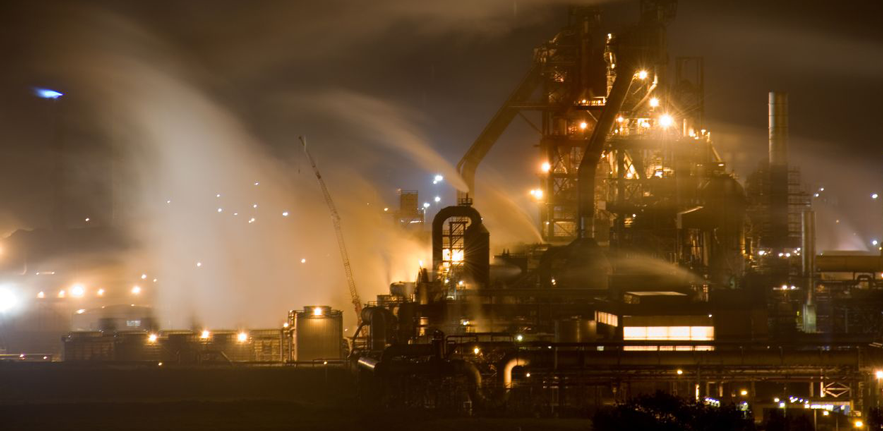
What would a bright future for the steel industry look like?
By Eliot Whittington, Deputy Director, Policy
8 April 2016
In Port Talbot thousands of people are waiting to see if a buyer can be found for the steel works, a story that is reflected at other sites across the UK. Whatever the resolution to this immediate crisis, without a clear-eyed diagnosis of the nature and scale of the problem and a committed response such scenes are likely to be seen again in the UK and across Europe.
This situation has been a long time building, as steel, along with other energy-intensive industries struggle with high European energy and labour costs, burgeoning competition and a market flooded with cheaper competitors. Yet the idea that the UK and the rest of Europe might lose such industries is painfully unwelcome – the price paid for such a shift will be the failure of entire communities, the loss of tens of thousands of jobs, and the decline of key areas of skill and expertise.
Is such a failure inevitable? It shouldn’t be, given that there is ongoing domestic demand for steel, cement, and many of the other products of heavy industry. Indeed such demand could grow, in light of the plans to invest in European infrastructure. And Europe has clear advantages in terms of high skills, a strong science base, and well established policy mechanisms to drive change. There is potential to ensure that such industries continue to play an important role in Europe.
However, a clear vision and commitment to this vision is needed in order for industry to play this role effectively – and play it for the long term.
The ‘megatrends’ that shape our the world, like climate change, increasing resource use, and rising inequality, suggest that for this to happen, industry needs to find ways to be dramatically more efficient, productive, and sustainable. Put simply, it needs to increase its social and economic contribution whilst reducing its environmental footprint.
Ambitious as this may sound, our discussions with leaders in industry and academia have led us to believe that by bringing innovative thinking into the design, production and use of energy intensive industrial products there are options to dramatically cut energy and resource use, whilst still creating value.
More businesses are beginning to understand this. They can see that the way their business will operate in 20 years’ time will look dramatically different to their current model. The challenge they face is the scale of innovation required to change their current model. Strategies like innovative production technologies, better design and light-weighting, increased reuse and recycling, all offer new routes to provide the materials we need with greater efficiency. In this respect there is great opportunity for government to encourage new public-private collaborations and provide greater support to unlock this innovation.
At the Cambridge Institute for Sustainability Leadership, we have been exploring this discussion as part of our work to rewire the economy towards a new, more sustainable system. For example, in our role as the secretariat of the Green Growth Platform, we’ve led a series of discussions about the role of such industries in working with the power sector to dynamically link energy demand to supply and help unlock a better functioning energy system.
One potential future model of economic activity often cited is the circular economy. This is becoming an increasingly attractive approach for businesses because it offers a simple way of thinking about economic value creation in a way that doesn’t use up resources, or leave environmental impacts. It is particularly relevant to heavy industry, where rethinking systems to dramatically improve the resource efficiency of business offers huge gains in terms of environmental sustainability.
We have also detected real interest in bringing together heavy industry with the finance sector to explore how the financing challenges of new business models in the industrial sector can be overcome. A team of Cambridge engineers has, for instance, identified the reuse of steel as one of the major innovation opportunities for the UK steel industry in terms of its cost and environmental impact. This ownership model, whereby steel manufacturers are incentivised to retain ownership of steel in circulation in the economy for later reuse rather than selling it, may also have implications for financing models.
Innovation and a viable, competitive future is possible for many industries, but to deliver it requires major new investments and a commitment from across business, finance and government to unlock business models fit for the 21st century.





